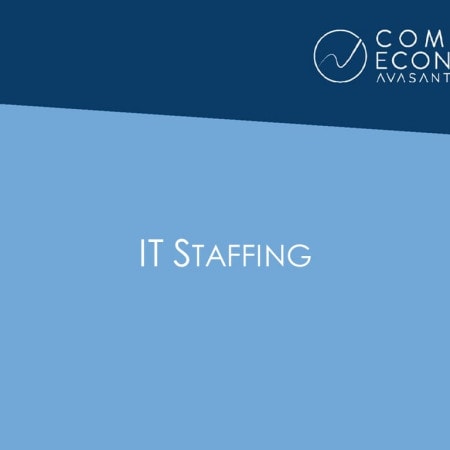-

Big Data Analytics Not Just for the Big Guys
Big data analytics can be a highly technical subject, but as consumers we come face to face with it every day. Based on our experience as consumers, it is evident that the “big guys” know how to use big data. But what about small to midsize companies? The good news is that business analytics and even big data are becoming more readily available to smaller businesses. This is the result of three big enablers.
October, 2016
-

Data Warehouse and Business Intelligence Adoption Trends and Customer Experience
Business intelligence (BI) solutions have moved beyond monitoring business activity to making predictions about customers, products, and markets. This study examines adoption and investment trends for data warehouse and business intelligence technology of all types, providing data on how many organizations have the technology in place, how many are implementing it, and how many are expanding investments on new capabilities. To give additional insight, we look at the ROI and TCO experience of those that have adopted the technology, and we assess what types of solutions are being adopted and how much money IT organizations are budgeting for their investment in these solutions. (17 pp., 9 fig.) [Research Byte]
June, 2016
-

Data Warehouse and Business Intelligence Staffing Ratios
For businesses today, properly scaling business intelligence applications while controlling support costs is a difficult challenge. This study provides benchmarks for staffing the data warehouse (DW) and business intelligence (BI) functions. We provide the ratio of DW/BI staff to total IT staff for the composite sample and by organization size and sector. We also present two other metrics for benchmarking this function: applications per DW/BI staff member and terabytes of storage per DW/BI staff member.(19 pp., 11 figs.) [Research Byte]
October, 2011
-

Predictive Analytics ROI and TCO Experience
Business intelligence (BI) solutions are moving beyond monitoring business activity to making predictions about customers, products, and markets. The ultimate objective is to make predictions in real-time so decisions can be automated to increase customer value, reduce fraud, improve operations, or achieve other purposes. This study examines adoption trends for predictive analytics, providing data on how many organizations have the technology in place, how many are implementing it, and how many are expanding implementations. We examine return on investment (ROI) experience, and total cost of ownership (TCO) risk, measured by the percentage of organizations that exceed TCO budgets. We conclude with recommendations on implementing the technology. (13 pp., 7 figs.) [Research Byte]
April, 2011
-

Staffing Ratios for Data Warehouse and BI Functions
Data warehouses are growing in size, scope, and complexity as they serve increasing numbers of demanding users. For businesses today, properly scaling data warehouse and business intelligence (BI) applications while controlling support costs looms as a key challenge. This study, based on a survey of more than 200 IT organizations, provides benchmarks for staffing the data warehouse, data architect, data analyst, and BI functions. We provide the ratio of data warehouse/BI staff to total IT staff for the composite sample and by organization size. We also provide median staffing ratios by business sector and discuss how to ensure these functions are adequately supported. (11 pp., 6 figs.)[Research Byte]
November, 2009
-

Business Intelligence Adoption Trends and Economic Experiences
Nearly 60% of organizations are investing in BI initiatives this year. Yet, obtaining a positive return on investment is not easy. This study provides technology adoption statistics and reports on the ROI and TCO experiences of organizations that have implemented BI solutions, based on our most recent annual survey of over 200 IT organizations. The results are presented for the entire sample and by organization size and sector. We conclude with precautions that IT managers should take to control the total cost of ownership for business intelligence applications. (7 pp., 12 figs.)[Executive Summary]
October, 2008
-

Guiding Successful Business Intelligence Initiatives
Today, enterprises rely on many systems to run the business: SCM, ERP, CRM, POS systems, call centers, and e-commerce and online customer touch-points. Each of these systems produces volumes of data about customers, transactions, sales, inventory, and human resources. The problem becomes how to amass this data and turn it into actionable information for decision makers across the enterprise. This is the focus of the business intelligence (BI) environment, enabling an enterprise to wring greater business insight from the increasing volumes of data. This article looks at the technology that drives the business case for BI and at how this technology is integrated into business decision making.
November, 2004
-

Why Don’t Data Warehouses Pay Off?
Multiple reports of data warehouses failing to provide return on investment are cause for concern both by organizations now operating these facilities and companies thinking about implementing them. The main factor determining successful data warehouse implementation and operation is effective use of the products. To be effective, the analytical results must provide ROI in the form of cost savings and revenue enhancements.
June, 2003

 Grid View
Grid View List View
List View